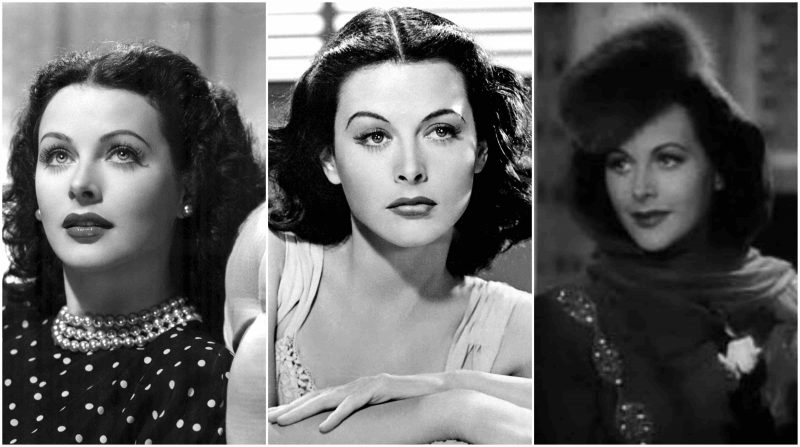The Golden Age of Hollywood created some of the best-known celebrities in the history of moving pictures. Marilyn Monroe, Rita Hayworth, Lauren Bacall, Audrey Hepburn―these are just some of the household names.
But in the early days of Hollywood, one woman was considered the most beautiful of them all–and later proved to be much, much more. Hedy Lamarr, an Austrian-born actress, starred in a number of black-and-white box-office hits, like the 1941 Ziegfeld Girl and Experiment Perilous in 1944.
What is becoming more known around the world is that Hedy Lamarr wasn’t just a pretty face on a poster. She was also a brilliant inventor with a grand vision, often misunderstood by her contemporaries.
Lamar’s relationship with the airplane magnate and eccentric playboy of the time, Howard Hughes, provided her with resources for developing more aerodynamic aircraft fuselages and wings, which enabled planes to fly faster. But this was only one of her pre-war ventures into the role of an inventor and self-taught scientist.
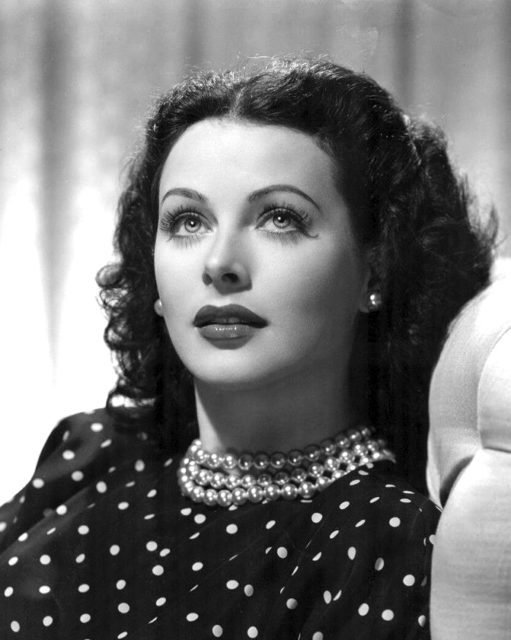
Her inventions literally changed the world we live in and influenced the development of some of the most cutting-edge technology today. In the early 1940s, the actress felt that she needed to contribute to the war effort; Europe was in flames, while the film industry in the U.S. continued production uninterrupted. She turned to her friend, the composer George Antheil, with whom she would resume her inventor’s career. Antheil was quoted in the recent publication by Richard Rhodes, Hedy’s Folly, which examines the actress’s innovative side:
“We began talking about the war, which, in the late summer of 1940, was looking most extremely black. Hedy said that she did not feel very comfortable, sitting there in Hollywood and making lots of money when things were in such a state. She said that she knew a good deal about munitions and various secret weapons and that she was thinking seriously of quitting MGM and going to Washington, DC, to offer her services to the newly established Inventors Council.”
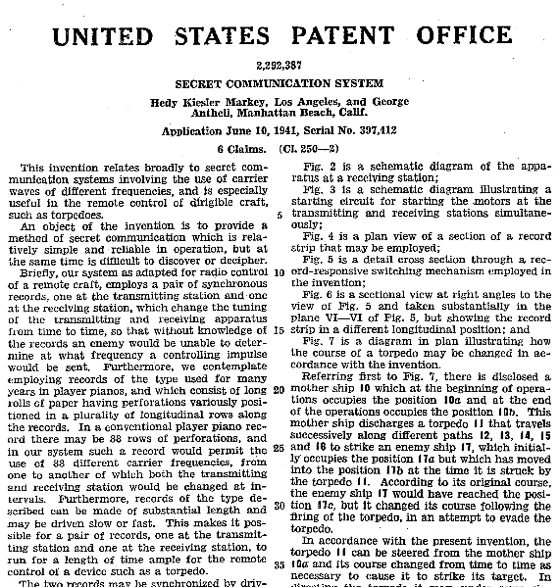
The most beautiful woman in the world had experience with military equipment because her ex-husband, from whom she fled due to his staunch support for the Nazi Party, was an ammunition manufacturer, deeply involved with the arms industry of the Third Reich.
She became familiar with the developing weapons industry of the time, so much so that she could pinpoint the weak spots within military technology that could be corrected.
At the time, the radio-guided torpedoes that used wireless technology were easily jammed by enemy frequency, causing the missile to divert its course. Together with Antheil, she saw an opportunity to develop a device capable of effectively overcoming any jamming distributed by the enemy. Using a principle based on the paper player piano rolls, the signal would constantly be “hopping,” becoming impossible to track.
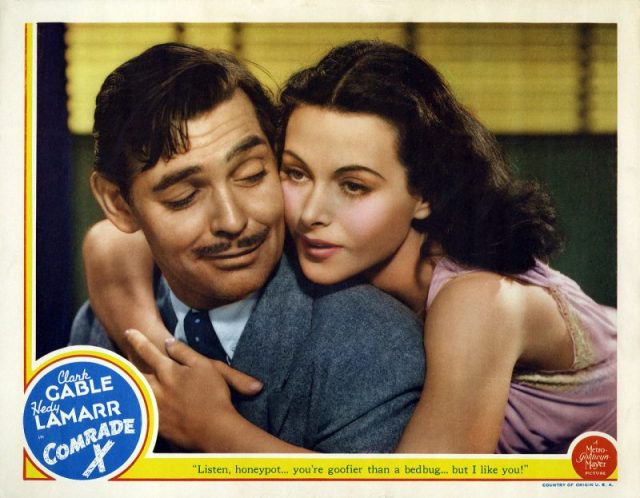
The principle enabled the jamming-resistant torpedo to use 88 possible frequencies, for that was the number of keys on a piano, creating a random code, known only to the controller of the torpedo. In this way, the signal became highly resilient to jamming and almost impossible to intercept.
Even though experiments involving the spread-spectrum radio were conducted in the early 20th century, with discoveries even being implemented by the German Army during World War I, the novel approach of using the piano principle and the exact role of the device was solely Lamar’s and Antheil’s invention.
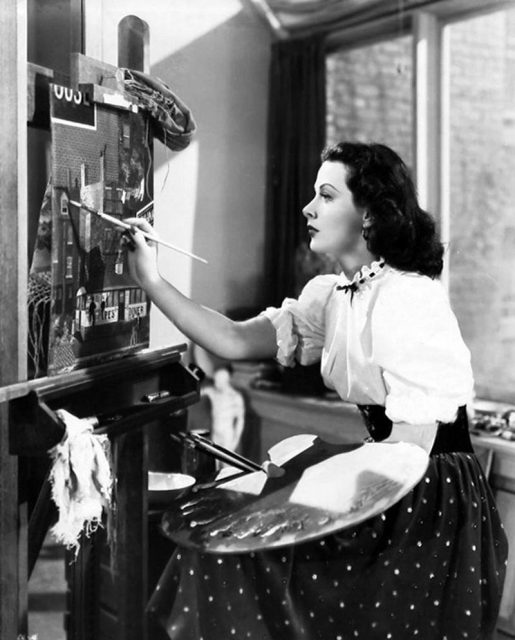
The pair patented their invention in 1942 and presented it as a gift to the U.S. Navy.
Unfortunately, during wartime, the military was extremely suspicious of patents coming from outside of their own ranks. Alexandra Dean, who produced and directed the 2017 documentary Bombshell: The Hedy Lamarr Story, discovered in her research of the reception of Lamar’s idea in the Navy:
“When she gave it to them, [the Navy] said, ‘What do you want to do, put a player piano inside a torpedo? Get out of here!’ And so they didn’t use it during the Second World War. It was after the Second World War that it emerged as a way of secretly communicating on all the gadgets that we use today.”
Indeed, the invention wasn’t taken seriously until well after the war. The frequency-hopping spread-spectrum radio was dismissed and lost in the numerous files of the naval archives. In addition, the patent was considered difficult to produce on a mass scale, and the navy was too conservative to realize that a woman was capable of such a groundbreaking discovery.
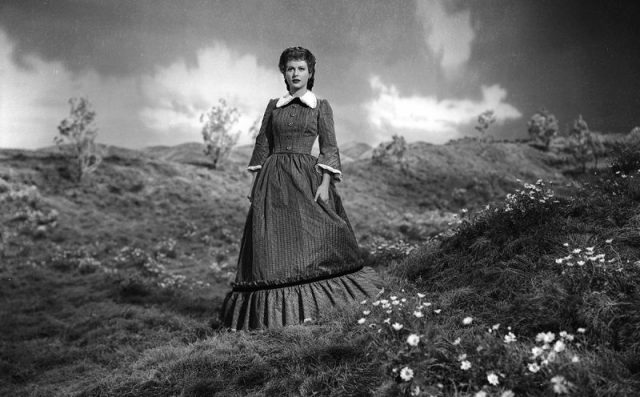
The patent was revised during the Cuban Missile Crisis, when it was put to use for the first time. It was then that military officials saw the full potential of the spread-spectrum radio. A subtype of the Frequency Hopping Spread Spectrum led to the development of Bluetooth technology, GPS, and Wi-Fi.
We couldn’t possibly imagine life without these inventions today, but Lamar’s role in their discovery was largely blurred in history. Her contributions fell into obscurity for a number of years, until such technology entered wide use.
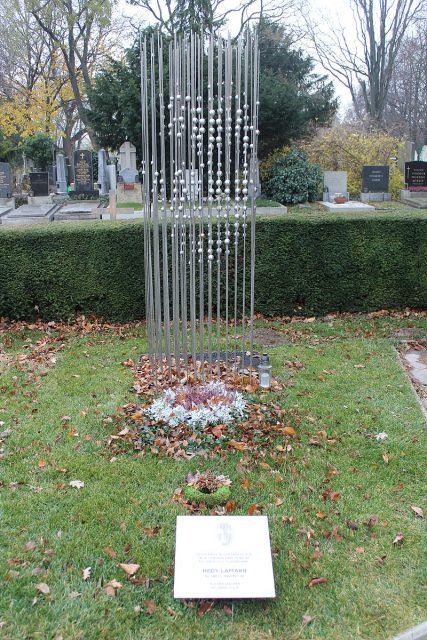
It was not until 1997 that the scientific community officially recognized the joint effort of Lamar and Antheil. Both of the inventors were awarded the Electronic Frontier Foundation Pioneer Award and the Bulbie Gnass Spirit of Achievement Bronze Award, given to individuals whose effort have significantly contributed to society.
By the 1990s, Hedy Lamarr was house-bound and unable to receive the award personally. Nevertheless, she sent a tape recording giving her thanks, despite the fact that she was denied such recognition for more than half a century.
